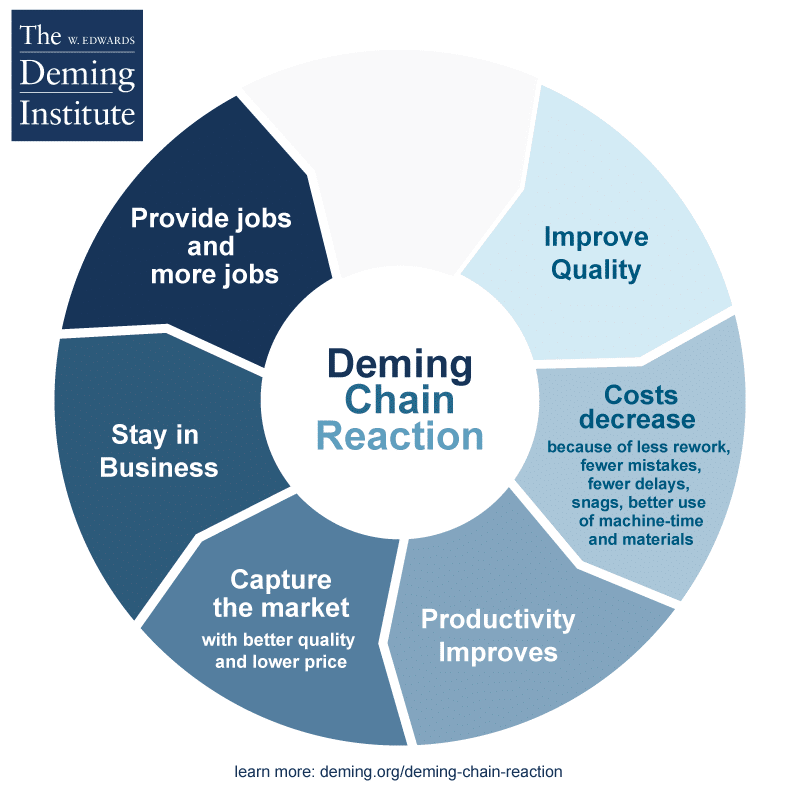Guest post by John Hunter, author of the Curious Cat Management Improvement Blog (since 2004).
I read this insightful comment on Hacker News:
I worked with Avery on Google Fiber, and we did the same thing. Our sacred cow was excellent US-based phone support. That is quite expensive. If there were bugs in our product, users would call in, and our call center costs would increase because we’d have to have more people working. So every week in our team meeting, we would look at summaries of calls, and take on engineering work to address the most common class of problems. That let us scale up the business and still provide friendly and competent phone support, because we were reducing the problems that people called in about. (This was things like having our Wifi access points steer 5GHz capable devices away from flakier 2.4GHz signals, or fixing “black screen” bugs where TV randomly stopped playing for software or network reasons.) Because we had that “sacred cow”, every obscure bug that we spent months fixing not only made the product better and were intellectually stimulating to finally figure out, but had a concrete impact on how costly it was to deliver the service.
What most companies would do here to reduce costs is simple. Don’t fix DERP bugs, just charge for it. Don’t fix “black screen” bugs, just hide the phone number on your website so people can’t figure out to call.
Avery has found the perfect balance between cost reduction, interesting engineering, and the somewhat nebulous “good product”. Normally conflicting concerns, all living together in harmony. If everyone copied his technique here, the world would be a better place.
This illustrates the value of knowing your customers, continual improvement, joy in work, systems thinking, the Deming chain, and more. That impact of creating systems that continually improve the value provided to customers is still very much under appreciated. The Deming Chain Reaction is such a powerful concept that allows us to create more value and reduce costs over the long term.
Brian Joiner, in Fourth Generation Management:
Real benefits come when managers begin to understand the profound difference between “cost cutting” and “eliminating the causes of costs.”
Long term thinking with an appreciation for systems allows managers to focus on improving value over the long term while many of their competitors focus on reducing current costs no matter how much damage they do to their customers and the long term success of their business.
I personally believe very strongly in the value of the combination of customer focus and continual improvement to build value over the long term. From a previous post on my Curious Cat Management Improvement blog, Customer Focus by Everyone
In many organizations the cost minimization focus is so far ahead of anything else that it is not possible to imagine that it is sensible to value customers. They instead seek to stop customers from contacting them in the first place, and if the customers do fight through the barriers to reach them then they have systems in place to end the interaction with the least possible effort. Reducing costs that don’t provide customer value is good. The abandonment of customer service by most organizations in the name of saving money is lousy.
The following links provide more details on how to seek out feedback from customers/users and use that feedback to continually improve.
Related: Improving the System to Reduce Costs Isn’t Equal to Cost Cutting – Customer Focus with a Deming Perspective – Don’t Ignore Customer Complaints – Cater to Customers Desires to Achieve Customer Delight – Encourage Improvement Action by Everyone – Customer Focus – Continually Improving Using a Focus on Delighting Customers



